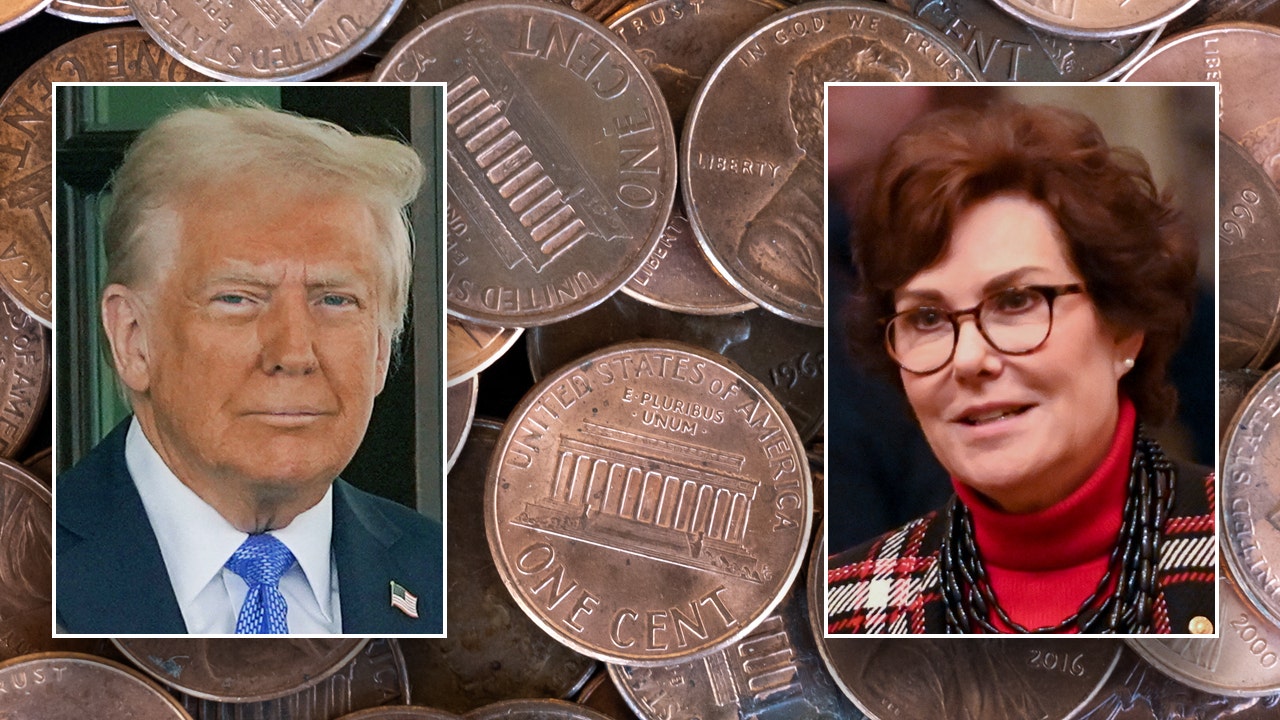Politics
Democrat senator backs Trump’s ‘common sense move’ to fire the penny

A. Introduction: Trump’s Proposal and Its Rationale
President Donald Trump recently garnered attention with his proposal to cease the production of pennies, a move that has sparked both interest and debate. This initiative, announced on Truth Social, reflects Trump’s broader strategy to streamline government expenditure and eliminate inefficiencies. By halting the production of pennies, the administration aims to tackle the issue of producing coins that cost more to make than their face value. This move is part of a larger effort to curtail unnecessary spending and optimize the federal budget, highlighting Trump’s commitment to fiscal conservatism.
B. The Economic Argument
The economic underpinning of Trump’s proposal is compelling. Each penny costs approximately 1.7 cents to produce, resulting in a net loss for the U.S. Treasury. Over time, this incremental loss accumulates into substantial financial drain. By discontinuing the production of pennies, the government could conserve hundreds of millions of dollars annually. This savings can be redirected to more pressing priorities or utilized to reduce the national debt, offering a pragmatic solution to fiscal challenges. The rationale is straightforward: curbing wasteful expenditure, even in small denominations, contributes to broader economic health.
C. The Environmental Impact
Beyond the economic benefits, ceasing penny production offers significant environmental advantages. The process of mining and processing metals for pennies, such as zinc and copper, has considerable ecological consequences. Reducing the need for these metals mitigates the environmental impact associated with mining activities, including resource depletion and pollution. This aligns with broader sustainability goals, emphasizing the importance of resource conservation. By reducing the demand for raw materials, the proposal contributes to a more eco-friendly approach to currency management.
D. Bipartisan Support
Interestingly, Trump’s proposal has found support across the political aisle, particularly from Democrats such as Senator Jacky Rosen of Nevada and Governor Jared Polis of Colorado. Senator Rosen, representing a battleground state crucial in the 2024 elections, has expressed support for the plan, acknowledging its practical benefits. Similarly, Governor Polis has highlighted both the economic savings and environmental gains, demonstrating bipartisan recognition of the initiative’s merits. This rare alignment underscores the potential for cross-party collaboration on issues of fiscal responsibility and environmental stewardship.
E. The Political Implications
The support from Democratic leaders for Trump’s proposal carries significant political implications. This gesture not only highlights the pragmatic aspect of the plan but also reflects a strategic move by Democrats to align with Trump on issues of mutual concern. By endorsing this measure, these leaders may be positioning themselves to appeal to a broader constituency, particularly in battleground states like Nevada and Colorado. Additionally, this cooperation could influence the narrative around the 2024 elections, showcasing a rare instance of bipartisanship in an otherwise polarized political climate.
F. Conclusion
In summary, President Trump’s proposal to halt penny production is a multifaceted initiative with economic, environmental, and political dimensions. The potential to save hundreds of millions of dollars annually, coupled with the environmental benefits of reducing metal mining, provides a strong rationale for this policy. The bipartisan support it has garnered, while surprising, indicates the proposal’s inherent merit and the potential for cross-party cooperation. As the political landscape continues to evolve, this initiative may set a precedent for future bipartisan efforts, emphasizing the importance of collaboration in addressing national challenges.


















